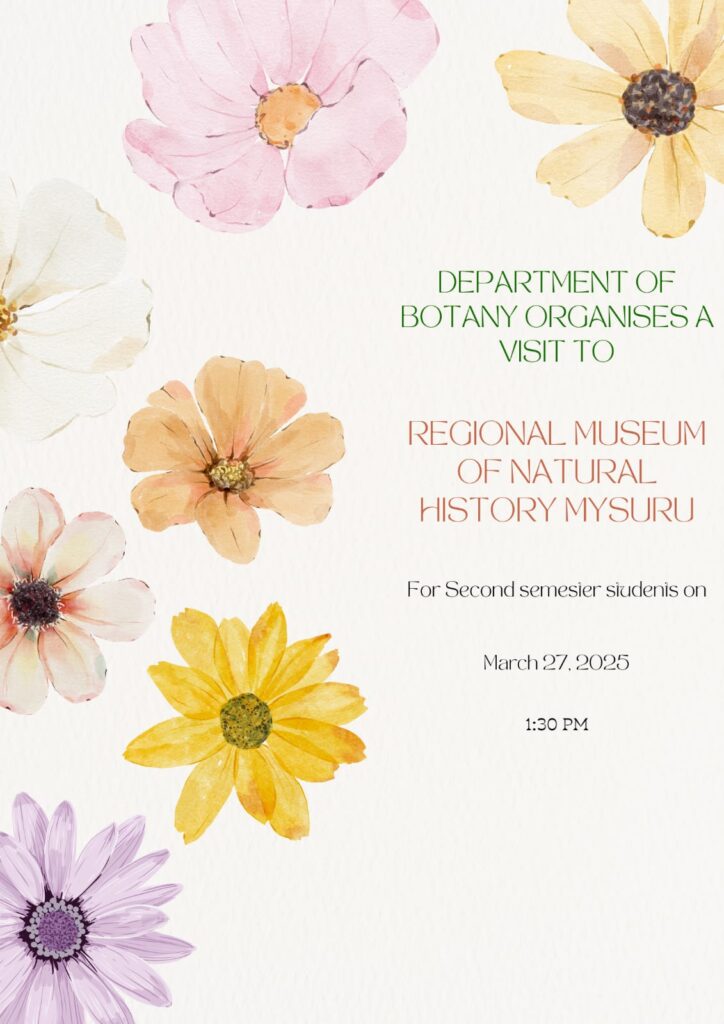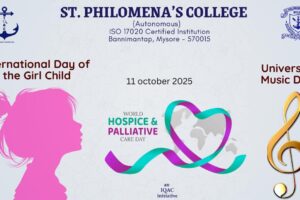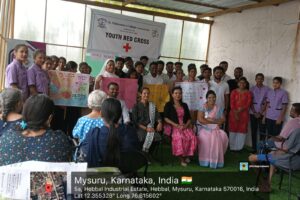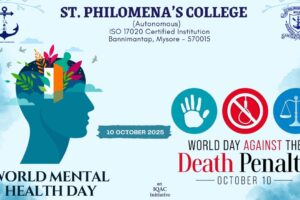
Regional Museum of Natural History Mysuru

Regional Museum of Natural History Mysore
Visited on 27.03.2025
Introduction
The Regional Museum of Natural History at Mysore, was inaugurated on 20 May 1995. It was undertaken by the government of India, ministry of environment and forests. The museum is located on the banks of Karanji Lake, with the Chamundi Hills visible in the background. It is now a landmark in the city. The museum exhibits plants, animals and geology of the southern region of India. The galleries emphasize the conservation of nature and natural resources while depicting ecological interrelationship among plants and animals.
Objectives
- To explore the region’s cultural heritage, historical events, and significant figures.
- Appreciate and understand the importance of preserving the region’s history and culture through exhibits, artwork, and historical objects.
- Learn about the traditional customs, practices, and lifestyles that shaped the region.


Biological Diversity has multiple sections. The first section has a special emphasis on the Western Ghats. It exhibits the biodiversity of the southern region of India. The next section is about tropical rain forests, of countries that possess them, showcasing their diversity and global benefits. The next section is on the significance of wetlands and the mangrove forests. The next section depicts a diorama of a marine habitat.

Life through the Ages is walk-through tunnel, depicting evolution of life.

This exhibit has a display of 60 timber species specimen arranged in a row. The supporting backdrop is a wonderful piece of wood inlay craftsmanship crafted using the timber specimens to depict a sunrise.

This exhibit depicts life forms found during the Cambrian period–500 to 570 million years ago–and the Ordovician period that came after that.

Skeleton of Bryde’s Whale
The Discovery center consists of a discovery room, a computer room, a vivarium and a mini weather station. Children can handle, examine and study specimens in the discovery room. A mini theater, sound booths are also present to keep children occupied. The bioscience computer room facilitates studying biology through interactive and multimedia techniques at a high-school or college level.

STUDENT OUTCOME
- Students had a deeper understanding of the region’s history, people, and cultural heritage. They learnt about the significant historical events, local figures, and the evolution of the community.
- Exposure to different cultures, histories, and ways of life helped students develop empathy and appreciation for diversity.
- The visit was a part of a group activity; students will practice collaboration and teamwork as they share insights and learn together.



